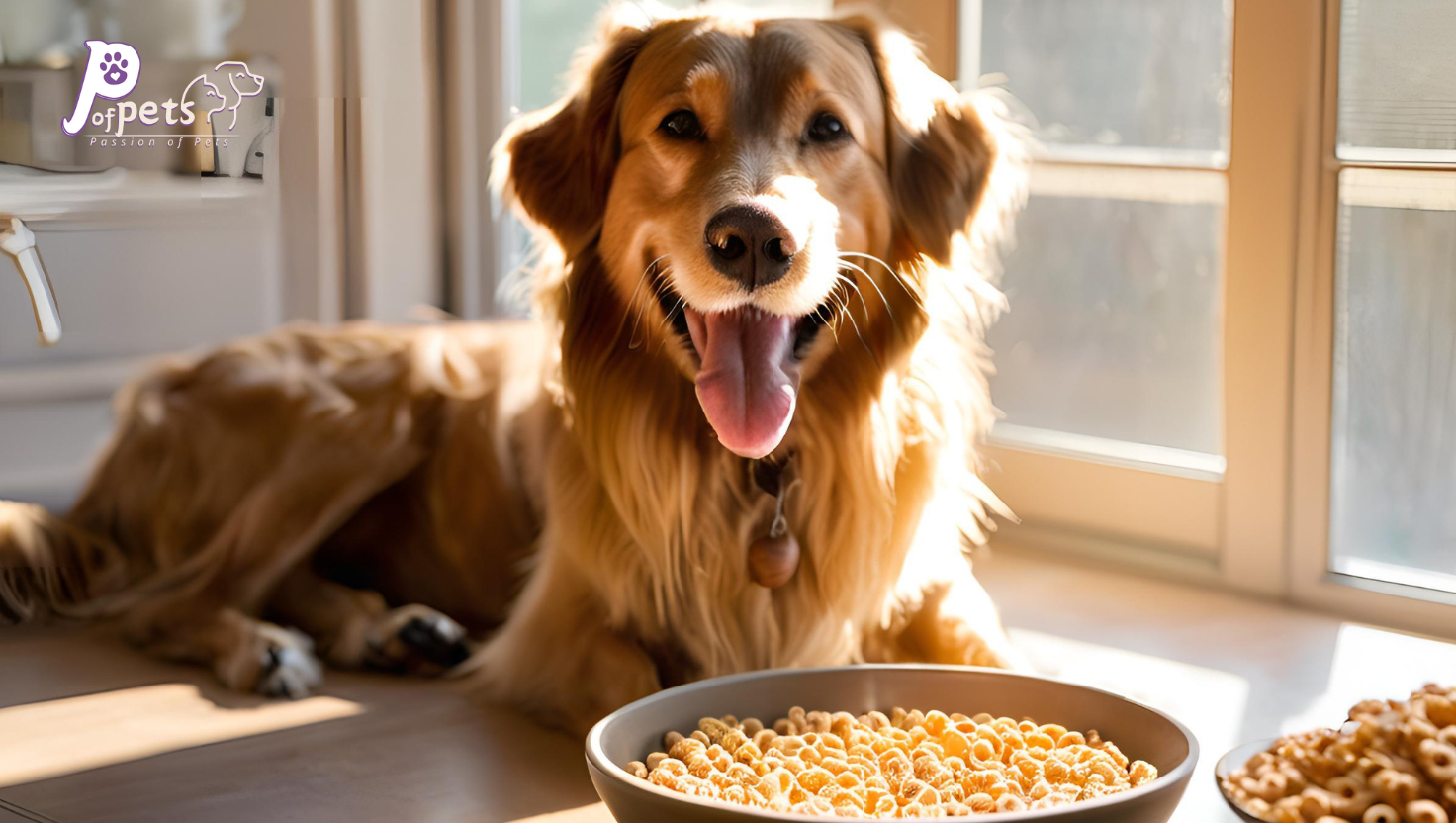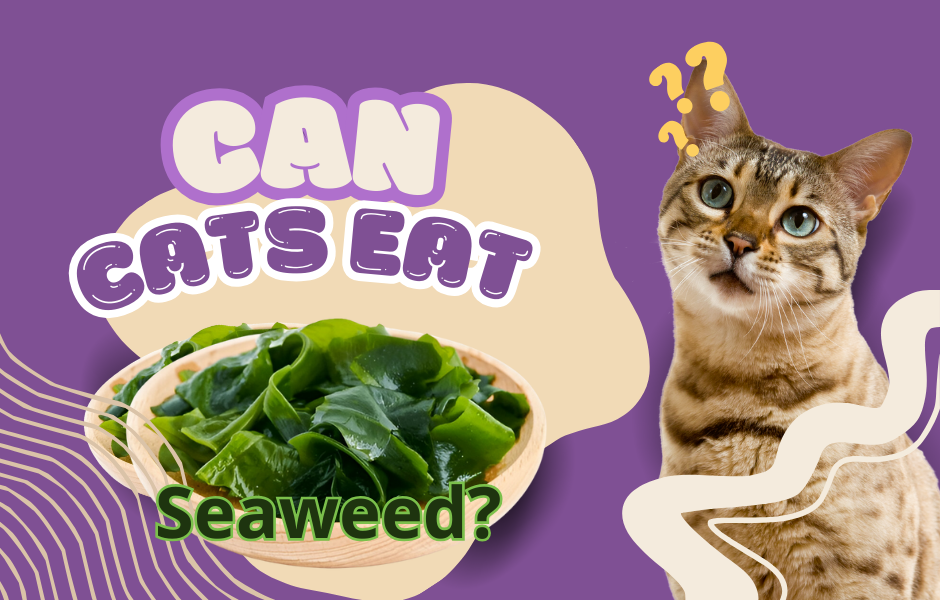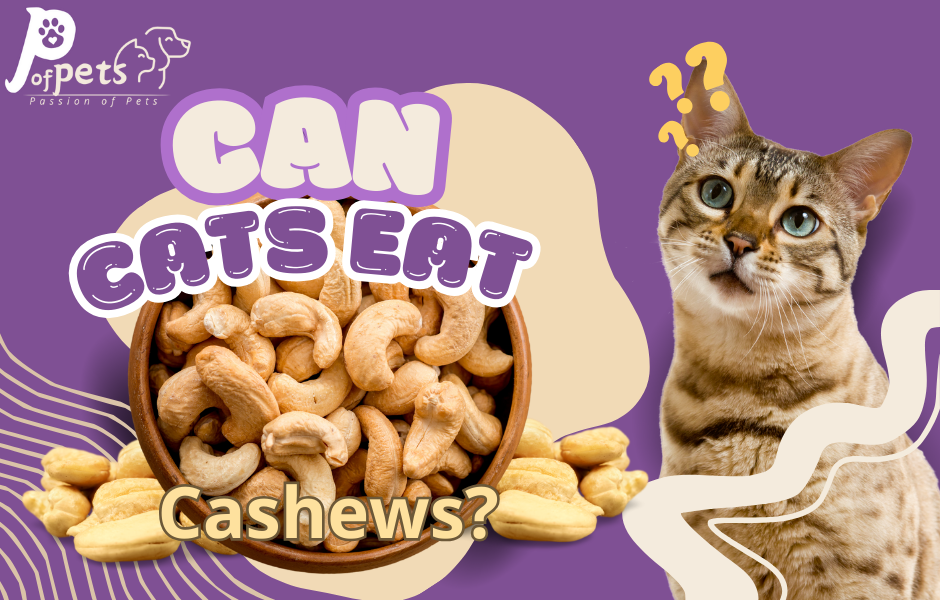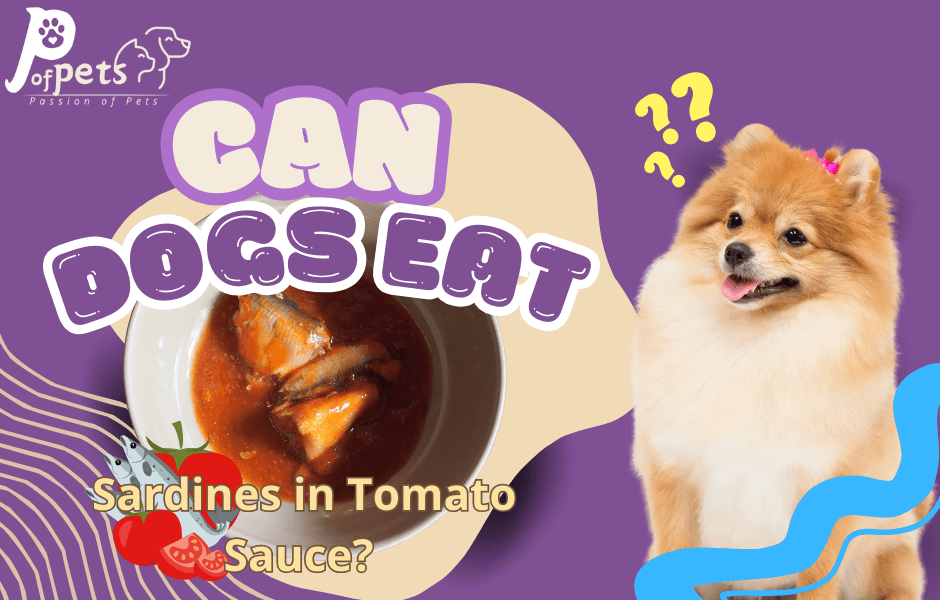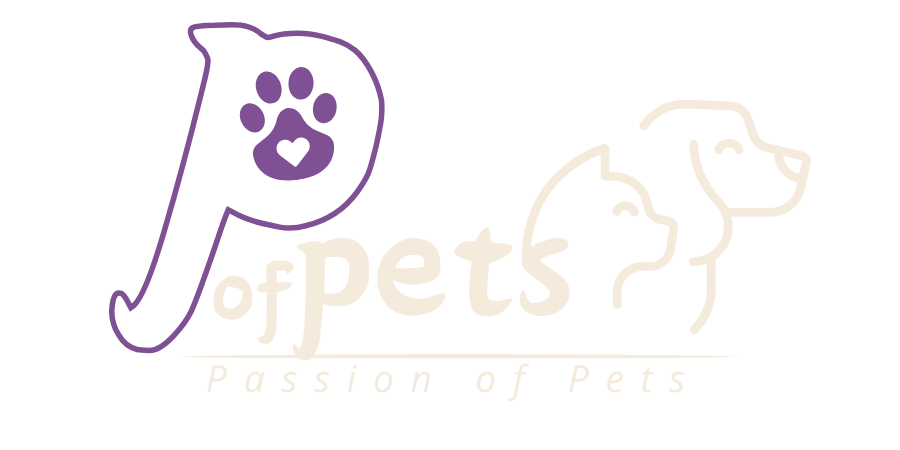Can Dogs Eat Honey Nut Cheerios? A Complete Guide for Pet Owners
When it involves snacking, owners often question: can dogs eat Honey Nut Cheerios? Well, as appealing as this sweet and crunchy morning cereal seems, it will also be worth ascertaining their safety when the same comes before your poor hound for some reason or the other.
Below, let us discuss what this cereal’s main ingredients offer or pose a danger to canines, after noting expert views, in light of which an attempt is made at keeping our canine friend fit, healthy, and happy.
Can Dogs Eat Honey Nut Cheerios? The Short Answer
The answer is simply yes, dogs can have Honey Nut Cheerios, but in moderation. They are, however, not a good treat for your pet. Although the cereal is not toxic for them, it contains added sugar and artificial flavorings that are not good for their health. Let us dive into the details to help you make an informed decision.
Are Honey Nut Cheerios Safe for Dogs?
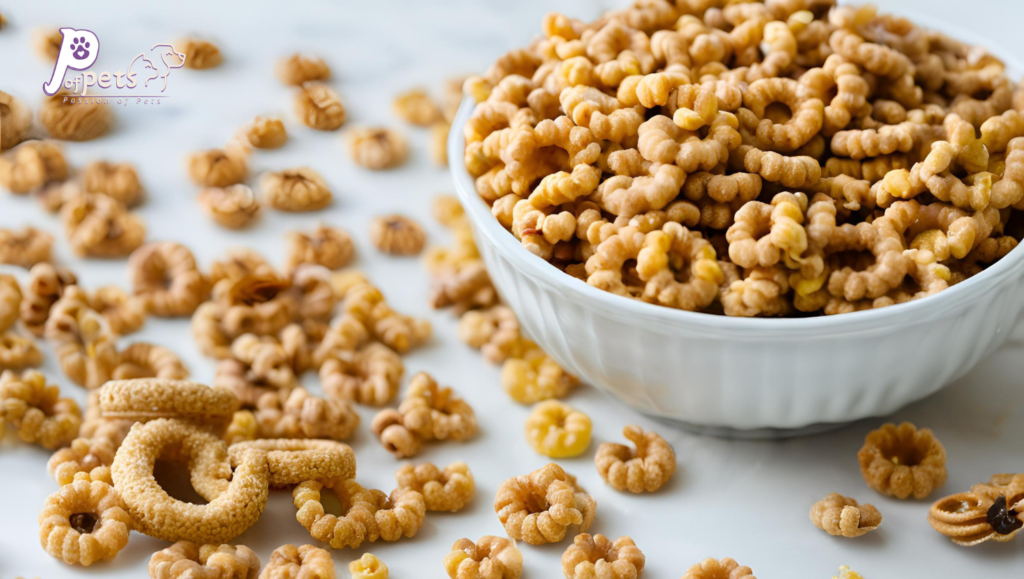
Honey Nut Cheerios are one of the favorite breakfast cereals among humans, but when it comes to sharing such a treat with your furry friend, caution is advised. Though they are not toxic to dogs, there is much to know about feeding them to your pet. Let’s dive into ingredients, risks, and safer alternatives that will keep your dog healthy and happy.
Ingredients in Honey Nut Cheerios
To determine whether Honey Nut Cheerios are safe for dogs, it’s essential to analyze the ingredients and their potential effects on canine health:
- Whole grain oats:
Whole grain oats are not toxic to dogs and, in moderation, can be a healthy addition to their diet. They contain fiber, which helps in digestion, and form part of the ingredient makeup of many good dog foods. Dogs do not need grain in their diet, though some dogs may become sensitive or allergic to grains. - Sugar:
Honey Nut Cheerios have added sugar, and that is again a big factor in the case of your dog. A small amount of sugar will not cause much problem, but over time, as more and more sugar is consumed, problems could relate to obesity, dental issues like cavities and gum diseases, and even diabetes. Dogs process sugar through their bodies differently from humans, with the dog’s system not suitable for high sugary consumption. - Honey:
Natural honey is believed to be nontoxic for dogs in very small amounts, even providing certain health benefits, like relieving a sore throat or energy boost. However, honey included in Honey Nut Cheerios is processed and mixed with other ingredients; hence, the honey doesn’t provide the same benefits that raw, unprocessed honey does. Furthermore, the sugar content outweighs the potential benefits from honey. - Artificial flavors and preservatives:
Most of the packaged foods, including Honey Nut Cheerios, contain artificial flavors and preservatives. These enhance the taste and increase the life of the food. However, in dogs, these may cause digestive issues, allergic reactions, or other health problems. Certain preservatives, such as BHA and BHT, are known to be linked with health problems in animals when consumed for a long time.
Possible Dangers of Feeding Honey Nut Cheerios to Dogs
While the occasional Honey Nut Cheerio as an indulgence is unlikely to hurt your dog, there are a few risks associated with regular or excessive consumption, to wit:
- Sugar content:
Consuming sugar, as contained in Honey Nut Cheerios, can lead to weight gain, dental decay, and even diabetes in dogs, as earlier said. For example, a dog accustomed to sweet food can get plague on the teeth which could result in periodontal disease. Overweight dogs have a higher chance of acquiring joint problems, heart diseases, and shortening of their life span. - Overfeeding with calories:
Honey Nut Cheerios are a high-caloric food, which simply means that in one serving, there is a high amount of calories. For small dogs, even a few Cheerios will contribute a great deal to their daily intake and could easily lead to weight gain. Obesity in dogs is on the rise and can lead to a number of health issues, such as arthritis, respiratory problems, and an overall decline in the quality of life. - Allergic reactions:
Some dogs are allergic or sensitive to certain grains, artificial ingredients, or other components in Honey Nut Cheerios. Allergic reactions may include itching, skin rashes, ear infections, vomiting, and diarrhea. If any of these signs occur after consumption of the cereal, one should not feed it to them anymore and instead consult with the veterinarian. - Nutritional imbalance:
Honey Nut Cheerios are designed for human consumption and do not provide the balanced nutrition that dogs need. Feeding your dog too much cereal could lead to deficiencies in essential nutrients, such as protein, vitamins, and minerals, which are crucial for their overall health.
Safer Alternatives to Honey Nut Cheerios
If you’re looking for a safe and healthy treat for your dog, consider these alternatives:
- Plain, unsweetened Cheerios:
Plain Cheerios are better to share as small treats with your dog rather than the honey or sugar-coated ones. They contain low sugar and calories, hence safer to share in moderation. - Fresh fruits and vegetables:
Most dogs truly enjoy fresh fruits and vegetables, like carrots, green beans, apples without the seeds, or blueberries. These options are low in calories, high in nutrients, and free from artificial additives. - Dog-specific treats
There are so many dog treats out there, specifically made to address the nutritional needs of your pet. Find those treats that are made from natural ingredients without added sugars or artificial preservatives. - Homemade dog treats:
If you like baking, then you can make homemade dog treats using dog-friendly ingredients such as peanut butter (xylitol-free), pumpkin, or oats. This way, you can control exactly what goes into your dog’s snacks.
While Honey Nut Cheerios are not inherently toxic to dogs, they are not an ideal treat due to their high sugar content, artificial ingredients, and lack of nutritional value. If you choose to share a small amount with your dog, do so sparingly and monitor for any adverse reactions.
Benefits of Feeding Honey Nut Cheerios to Dogs
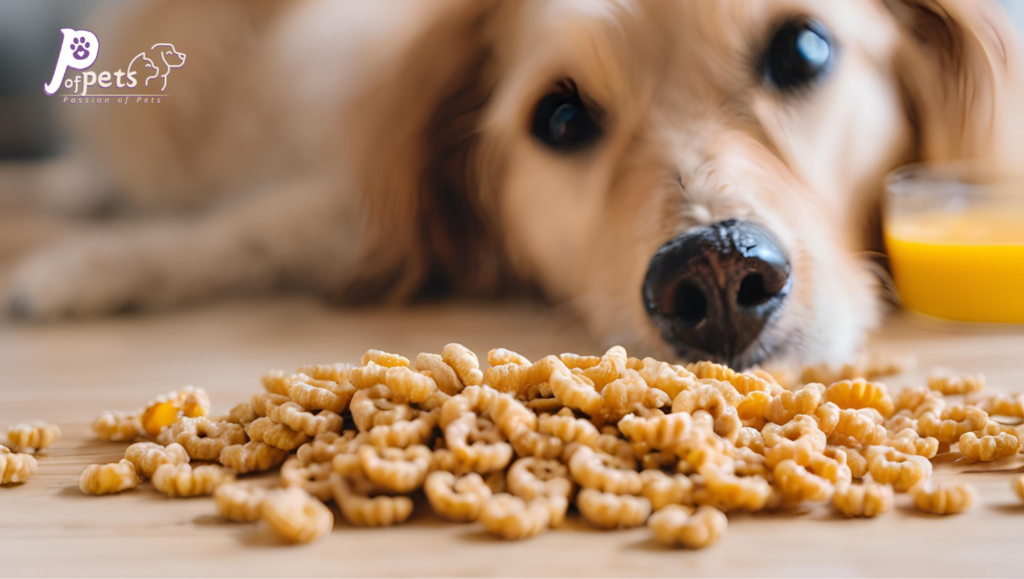
While Honey Nut Cheerios should not be a regular feature in your dog’s diet, there are a couple of reasons why small portions may have some benefits for your dog. Indeed, these would only be helpful if the cereals were available as an extreme treat and rarely. Let me outline those points in detail below:
1. Low in Sodium
Unlike most human snacks, such as chips or pretzels, Honey Nut Cheerios are relatively low in sodium. Highly salinated foods are toxic to dogs, creating such conditions as dehydration, high blood pressure, and in extreme conditions, sodium ion poisoning. With very little salt in Honey Nut Cheerios, they are considered much safer than many other salty human snacks. However, it is nonetheless important not to let the quantity get too much to avoid the risk of overloading your dog with unnecessary salt.
2. Fiber Content
Honey Nut Cheerios are prepared from whole grain oats and thus contain a little dietary fiber in them.
Fiber is quite helpful for dogs if consumed in moderation, as it helps in digestion and maintaining regular bowel movements. For example, if your dog has occasional mild constipation, a small amount of fiber from whole grains may help. That being said, dogs obtain most of their required fiber from sources specifically adapted to their digestive systems, such as pumpkin or sweet potatoes, rather than from processed cereals.
3. Convenient Training Treat
One of the most practical uses for Honey Nut Cheerios is as an occasional training treat.
They are tiny and have a very mild flavor, making them non-threatening and pleasant for most dogs. For example, in training a command on your dog or reinforcing good behavior, one Honey Nut Cheerio does the magic in one swift action. Just remember to keep the portions small and few to avoid giving too much sugar and calories to your dog.
Example Scenario: If you are training your dog to sit or stay, you may use a few Honey Nut Cheerios as a low-calorie alternative to traditional dog treats. Just be sure to count those extra calories in your dog’s daily intake to avoid weight gain.
4. Easily Digestible
Honey Nut Cheerios are generally easily digested by dogs, particularly when compared to other, richer or fattier human foods. As such, they are considered relatively safe for dogs with sensitive stomachs, in very small amounts. However, if your dog has a known grain sensitivity or allergy, it’s best to avoid cereals altogether.
Important Considerations
While there might be a few possible advantages of feeding Honey Nut Cheerios to your dog, consider these:
- In moderation: Honey Nut Cheerios should be one of those occasional treats and not be included in your dog’s normal diet. Too much may cause weight increase, dental problems, or other health issues.
- Additive alert: Some dogs may have an allergic reaction to the added flavor or preservative in the cereal. In the event of your dog exhibiting any form of allergic reaction, desist from continuing with the administration.
- Not a nutritional substitute: Honey Nut Cheerios do not hold the nutritional value that dogs require. Always maintain a diet suited for them.
How to Safely Feed Honey Nut Cheerios to Your Dog
If you’ve decided to share Honey Nut Cheerios with your dog, it’s important to do so responsibly to minimize any potential risks. While they are not toxic, Honey Nut Cheerios are not an ideal treat for dogs due to their sugar content and artificial ingredients. However, by following these guidelines, you can ensure that your dog enjoys this snack safely:
1. Moderation is Key
The most imperative rule when feeding your dog Honey Nut Cheerios is to keep the portion size small. A few pieces as an occasional treat go over and beyond, considering 2-3 Cheerios. Overfeeding can cause weight gain, digestive issues, or other health problems over time. Remember, treats should not make up more than 10% of your dog’s daily intake.
Example: If using Honey Nut Cheerios as a reward during training, break them into smaller pieces to stretch the treat and not give your dog too much of it in total.
2. Observe for Reactions
Just like people, every dog is different, and some may have sensitivities or allergies to ingredients in Honey Nut Cheerios. After giving your dog a small amount, watch for any signs of an adverse reaction, such as:
- Vomiting
- Diarrhea
- Itching or skin rashes
- Lethargy
Too much thirst or urination due to excessive sugar content
If you begin to see one or all of these signs, you must stop the cereal use immediately and go back to a veterinarian consultation.
3. Avoid Sugary Cereals
Honey Nut Cheerios contain added sugar, which is not good for dogs. If you want to share cereal with your dog, then plain Cheerios are a much better option. Plain Cheerios have less sugar and no artificial flavors, thus being safer. They still have the same small size and crunch that dogs love, without all the extra ingredients.
Tip: Always check the ingredient list before sharing any human food with your dog. Avoid cereals with chocolate, raisins, or artificial sweeteners like xylitol, as these can be toxic to dogs.
4. Consult Your Veterinarian
Always a good idea is to consult with your veterinarian before adding any new food into your dog’s diet. They can offer personalized advice concerning your dog’s age, size, breed, and health status. For example, dogs with diabetes, obesity, or grain allergies should stay away from Honey Nut Cheerios completely.
Example Scenario: If your dog has a history of digestive issues, your vet may recommend sticking to dog-specific treats or natural alternatives like carrots or green beans instead of cereal.
5. Use as a Training Treat (Sparingly)
These work well for convenience in training since they are small and not strongly flavored. Honey Nut Cheerios contain sugar and should be a rare treat; for regular training, use smaller pieces of cooked chicken, freeze-dried liver, or commercial dog treats specifically manufactured for training purposes.
6. Store Safely
Keep Honey Nut Cheerios, and for that matter, all human food out of reach of your dog. Dogs are dogs, and if they come across an open box, they might just help themselves to more than they should, or worse, ingest some ingredients that could be harmful.
Healthier Alternatives to Honey Nut Cheerios for Dogs
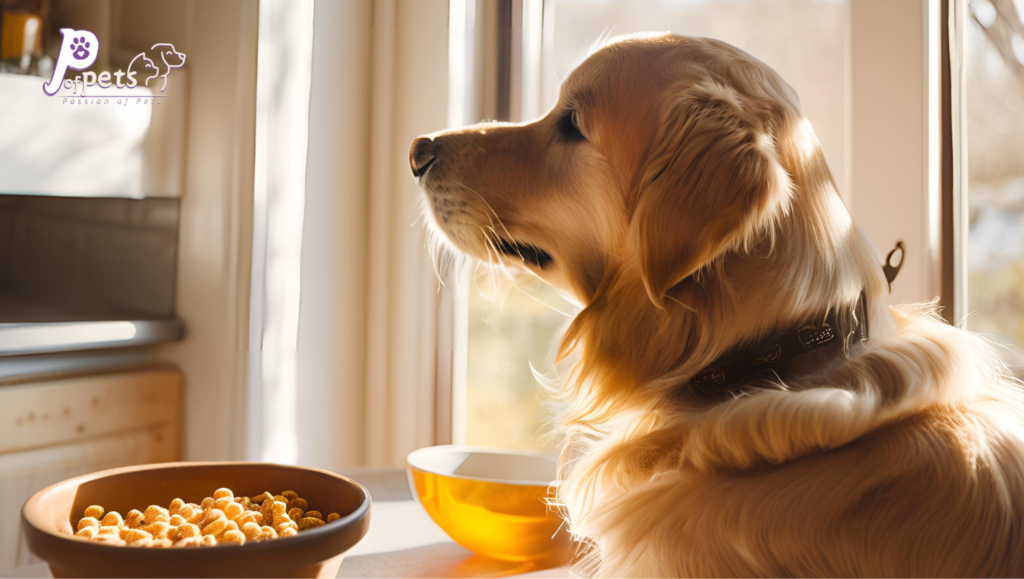
Safer, healthier treats to share with your dog are plentiful and exist in the realm of nutritionally healthy, dog-friendly options. Though Honey Nut Cheerios can be shared on rare occasions, these other alternatives will be better suited for a dog’s dietary needs and their overall health. Let’s take a closer look at some of those options:
1. Plain Cheerios
Plain Cheerios are far better than Honey Nut Cheerios because of their lower sugar content and no artificial flavors. They are still small and crunchy, so they make an easy reward for training sessions and doggy snacks on occasion. Even plain Cheerios need to be given sparingly, though, as they don’t add a lot of nutritional value.
Benefits:
- Low in sugar and sodium
- Easy to digest
- Small size makes them ideal for training Tip: Break them into smaller pieces to stretch the treat further and reduce calorie intake.
2. Fresh Fruits
Many fresh fruits are safe and healthy for dogs and provide essential vitamins, minerals, and antioxidants. Always remove the seeds, pits, and cores, as these can be toxic. Here is a list of fruits that can be given to dogs:
- Apples: A great source of fiber and vitamin C. Remove the seeds and core before feeding.
- Blueberries: Packed with antioxidants, and low in calories, so a great treat.
- Bananas: Rich in potassium and vitamins, but give them in moderation because of their sugar content.
- Watermelon: Hydrating and low in calories, but remove the seeds and rind.
Example: Freeze blueberries or small pieces of banana for a cool summer treat.
3. Vegetables
Vegetables are great low-calorie treats that can add fiber, vitamins and minerals without the added sugar or artificial ingredients of the cereals. Some good options dogs can have include :
Carrots: These are crunchy, low-calorie vegetables that boost dental health; their juicy pulp provides beta-carotene. Green beans: Rich in fiber and vitamins, they are very healthy; moreover, they can be used both raw and cooked. Cucumbers: They include hydration and very low calories; hence, they are refreshing snacks.
- Sweet potatoes: Rich in fiber and vitamins, but must be cooked and served in moderation.
- Tip: Lightly steam or cook hard vegetables like carrots to make them easily digestible for your dog.
4. Commercial Dog Treats
High-value commercial dog treats are formulated with nutritional requirements of your dog. Choose treats that:
- Made from natural ingredients
- No artificial additives, colors, and preservatives
- Low in sugar and salt
- Recommended by veterinarians or organizations such as the Association of American Feed Control Officials
Examples:
- Freeze-dried meat treats made from chicken, beef, or fish
- Dental chews that promote oral health
- Training treats designed for small, frequent rewards
Tip: Always check the ingredient list and avoid treats with fillers like corn, soy, or by-products.
5. Homemade Dog Treats
If you like to bake, then homemade dog treats are a great choice. These are made using very basic, dog-friendly ingredients. In this manner, you know precisely what your dog is taking into his or her body. A few of these recipes include:
Peanut butter and oat treats-make sure the peanut butter does not contain xylitol
Pumpkin and cinnamon biscuits
Sweet potato chews
Example: Put together mashed pumpkin, oats, and a spoon of peanut butter, then bake into small, bite-sized pieces.
6. Lean Proteins
Cooked lean meats such as chicken, turkey, or beef (seasoning and bones removed) are a healthy, protein-filled reward for dogs. These are good during training or as high-value rewards.
Tip: Do not give your dog deli slices of meats, because they contain much sodium and preservatives.
What Do Veterinarians Say About Dogs Eating Honey Nut Cheerios?
Most veterinarians agree that while Honey Nut Cheerios aren’t toxic to dogs, they shouldn’t be a regular part of their diet. Dr. Sarah Wooten, a renowned veterinarian, emphasizes, “Dogs don’t need sugary cereals in their diet. Stick to treats that are specifically formulated for their nutritional needs.”
Frequently Asked Questions About Dogs and Honey Nut Cheerios
1. Can puppies eat Honey Nut Cheerios?
Puppies have sensitive digestive systems, so it’s best to avoid giving them Honey Nut Cheerios. Stick to puppy-specific food and treats.
2. How many Honey Nut Cheerios can I give my dog?
A few pieces (2-3) are enough for a small dog, while larger dogs can have up to 5-6 pieces occasionally.
3. Are plain Cheerios better for dogs?
Yes, plain Cheerios are a healthier option because they contain less sugar and fewer additives.
Conclusion: Should You Feed Honey Nut Cheerios to Your Dog?
In conclusion, dogs can eat Honey Nut Cheerios in moderation, but they aren’t the best treat option due to their high sugar content and artificial ingredients. If you want to share a snack with your dog, opt for healthier alternatives like plain Cheerios or fresh fruits and vegetables. Always consult your veterinarian before introducing new foods to your pet’s diet.
We’d love to hear from you! Have you ever given your dog Honey Nut Cheerios? Share your experiences in the comments below, and don’t forget to share this article with fellow pet owners!
By following these guidelines, you can ensure your dog stays happy, healthy, and well-fed without compromising their diet!
Yuns Legdm is a passionate advocate for pet care and the founder of this website, dedicated to providing valuable information for fellow pet lovers and veterinary professionals worldwide. With a deep love for animals, Yuns created this platform to connect passionate pet owners with expert insights from veterinarians around the globe.
This website grows with you—the passionate pet owners and veterinary experts—creating a trusted space where knowledge, experience, and love for animals come together. Whether you’re seeking advice on pet health, nutrition, or general well-being, this platform is here to support you on your journey of responsible and loving pet care.

